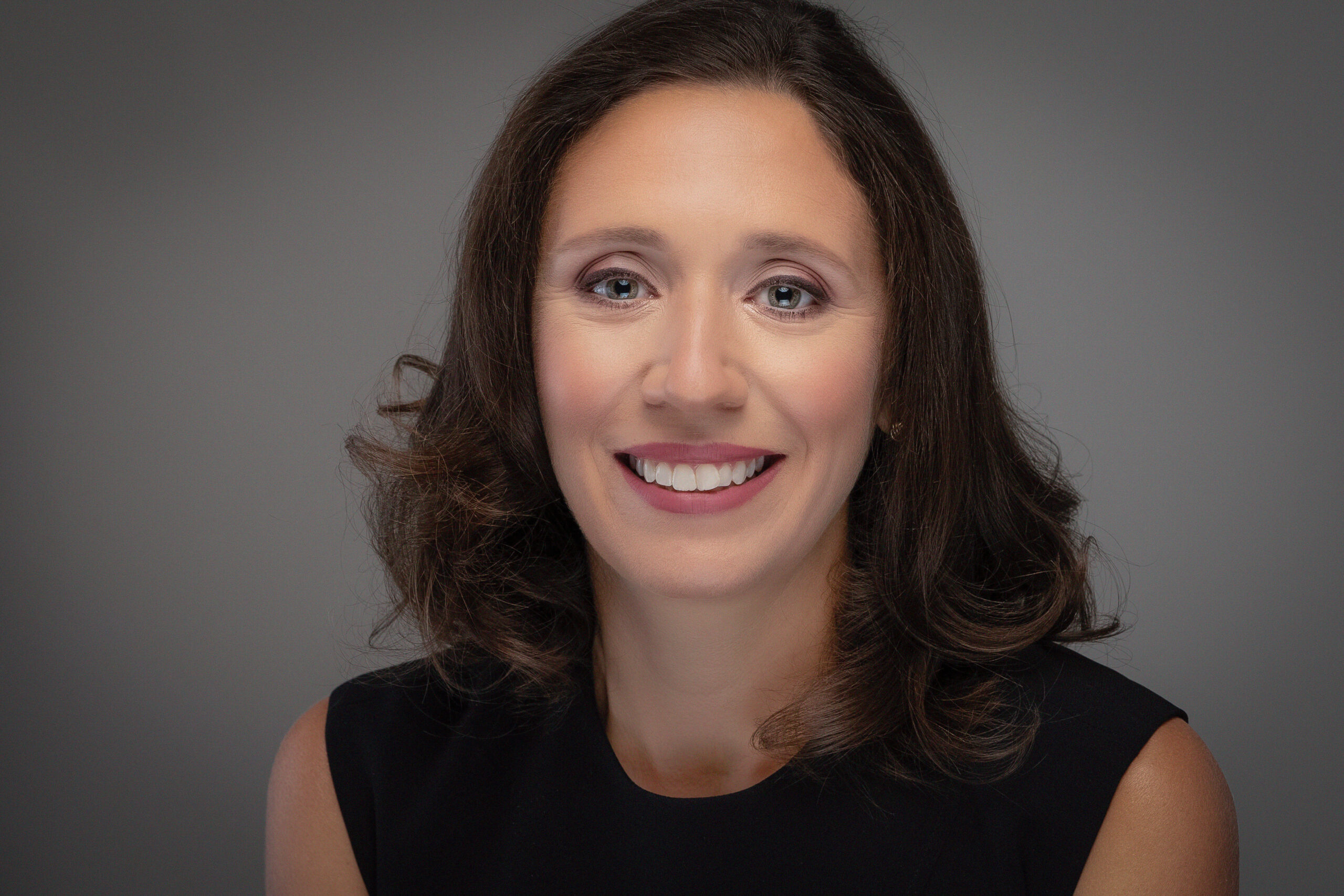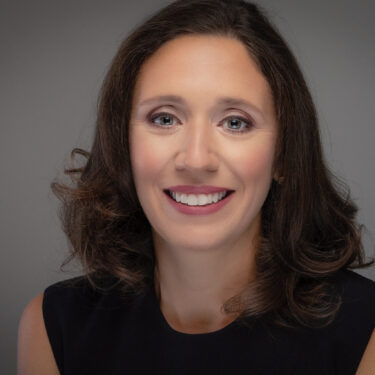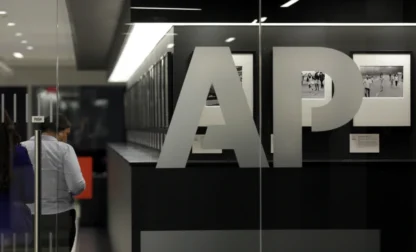By DAVID BAUDER, The Associated Press

NEW YORK (AP) — Julie Pace, a longtime Washington journalist who managed coverage of the U.S. government during a period of historic tumult, was named Wednesday as the executive editor and senior vice president of The Associated Press.
The 39-year-old Pace has been the AP’s Washington bureau chief since 2017, guiding reporting on the Trump administration, national security, politics and the new Biden White House. She rose to the newsroom’s top leadership spot with a promise to accelerate the AP’s digital transformation.
Pace succeeds Sally Buzbee, who became executive editor of The Washington Post in June, and is the third consecutive woman to lead the AP’s worldwide news operation. Her appointment is effective immediately and was announced by Gary Pruitt, AP president and CEO, and Daisy Veerasingham, executive vice president and chief operating officer. Veerasingham will become president and chief executive at the end of the year.
“This is a very exciting time for the AP — we’re a 175-year-old news organization with a new CEO and a new executive editor,” Pruitt said. “Julie Pace has a vision for AP’s future that is in line with our long-standing values but also forward-thinking. She will do an excellent job.”
As she assumes her new role, Pace said it was important to push all of the AP’s journalists — text reporters, video, still photographers, fact checkers and graphics producers — out of individual silos to work together in presenting compelling stories.
“We are in a position where we have an opportunity to really modernize our news report,” Pace said in an interview. “We have an opportunity to take all of the fantastic journalism that we do across formats and think of ways we can make it more digital-friendly, to make it more social-friendly.”
Breaking news will remain the backbone of the AP’s report, but journalists will quickly move to provide analysis, context and fact-checking to those stories, she said.
In some ways Pace is herself a symbol of the AP’s transition: She joined the organization in Washington in 2007 as a video producer and rose to chief White House correspondent. A frequent on-air analyst at networks including CNN, ABC and Fox, she’s comfortable talking publicly, representing a company that is often overlooked despite stationing journalists in 250 locations in 100 countries.
That’s a legacy of the AP’s history primarily as a wholesaler of news disseminated through other outlets. A smaller AP has placed a greater emphasis on impact journalism, becoming a more consumer-facing organization rather than a bland utility. The AP won two Pulitzer Prizes this year and was a finalist for three others.
“We play this incredibly vital role in how people around the world get their information, and I think sometimes we don’t get enough credit for that,” she said. “There are millions — upwards of a billion people —who get news from the AP every day. There’s real power behind the work that we do.”
Pace’s background as a public communicator was a plus moving forward, as the company looks to take a leadership role in the industry where appropriate, Veerasingham said in an interview.
There’s been a raft of leadership changes at national news organizations in the past several months. Besides Buzbee and Pace, Kevin Merida was named top editor at The Los Angeles Times, Kim Godwin is ABC News president, Wendy McMahon and Neeraj Khemlani share the same job at CBS News, Rashida Jones is president of MSNBC and Alessandra Galloni is editor-in-chief at Reuters.
What they all have in common is that none are white men in an era in which the industry has signaled the importance of diversity. That probably wasn’t as pressing an issue for the AP, compared to other places, since its newsroom has been led by a woman since 2002, when Kathleen Carroll became executive editor, Veerasingham said.
“The best person for the job happens to be a woman,” she said.
Pace has proved to be a strong and collaborative leader who has consistently demonstrated strong news judgment and a deep understanding of the AP’s mission and place in the news industry, Veerasingham said.
The steady downturn in news circulation and advertising that led to the closure of hundreds of newspapers over the last two decades has also affected the AP; its revenues are down more than 25% over the last decade. The company is increasingly turning toward overseas markets for growth opportunities.
Journalism is also facing a politically fueled crisis in confidence. The Pew Research Center said this week that the number of Republicans who said they have at least some trust in national news organizations has been cut in half, from 70% in 2016 to 35% this year.
With readers and viewers often confused about where the lines are drawn between news and opinions, Pace said it made the AP’s mission of providing fact-based journalism even more important.
“Fact-based journalism does not mean that all sides of an issue get an airing,” she said. “That means we are going to be really clear with people about what the facts are. If that lines up on one side of an issue, we are going to be really clear about that. We’re not going to be intimidated in these circumstances.”
The AP has been bolstering its fact-checking operations, sending out more frequent stories examining the truth behind issues, and Pace said more will be done in this area. Fact-checks and explainers for news stories are consistently among AP’s most-used fixtures.
Pace said the AP will continue to seek out grants and foundation funding that enable the organization to hire more people to examine specific issues. It has gone this route in recent years to bolster coverage of religion, philanthropy and health and science.
Some 50 candidates, both internal and external, were interviewed for the job. The AP’s complexity and its unique position in the industry tend to give an edge to people familiar with the organization, Veerasingham said. But the company is also interested in people who can offer different perspectives and ideas, she said.



